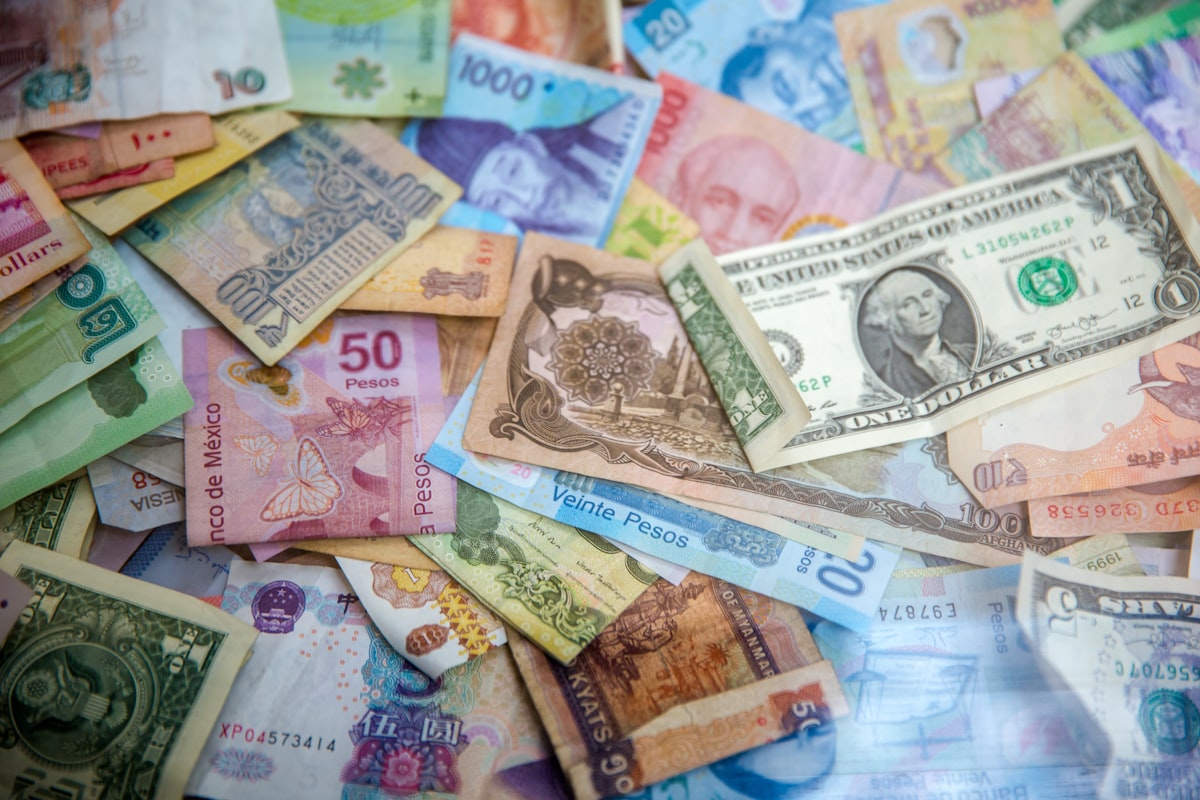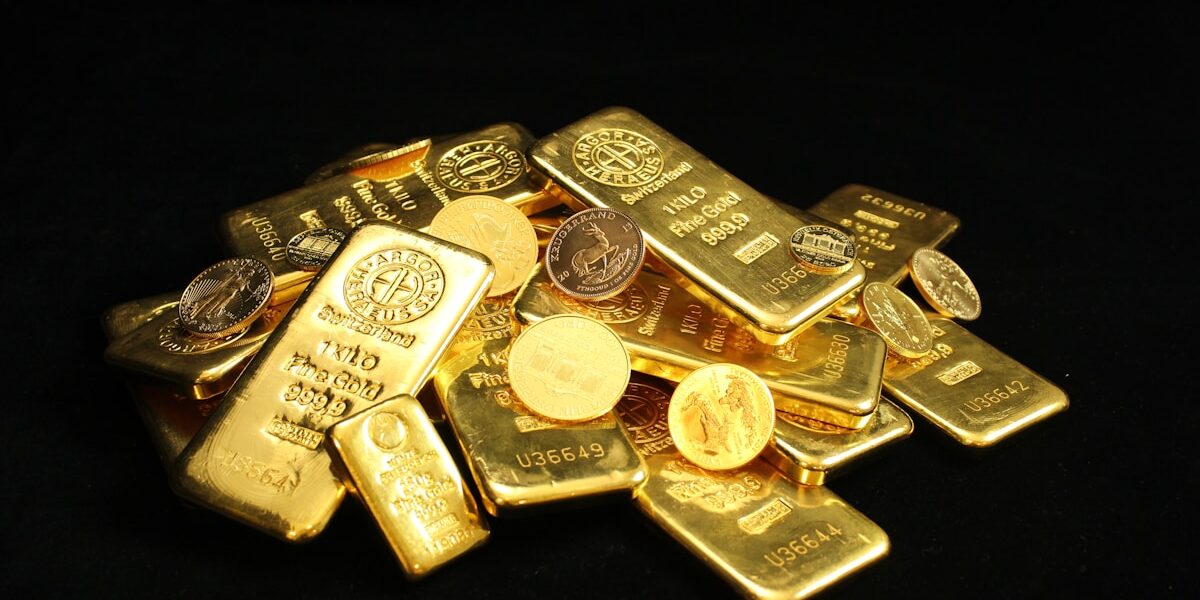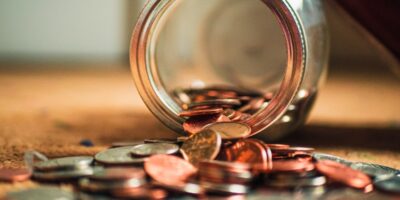50 Cent Pieces Worth Money
Collectors value coins for their rare features and historical significance. Among these coins, 50 cent pieces, or half dollars, hold a unique place. Several factors can make half dollar coins worth more than their face value. These include rarity, condition, and specific mint errors. The coins discussed here represent some of the most valuable and desired pieces for collectors.
The 1794 and 1795 Flowing Hair Half Dollar

The United States Mint produced the Flowing Hair design as its first half-dollar coin. Robert Scot designed this coin. Its depiction of Lady Liberty with flowing hair gives it its name. The 1794 version is part of a larger patterns production totaling approximately 23,464 coins, whereas the 1795 version saw over 300,000 coins minted. Their historical background and limited mintages make them exceptionally rare and valuable. High-grade examples can fetch several thousand dollars at auction, especially moneyed to uncirculated grades.
The 1838-O Capped Bust Half Dollar
Louisiana’s New Orleans Mint produced this exceptionally rare half dollar. Only about 20 pieces were minted. The low mintage was due to the mint testing its dies. This coin is rare, even in circulated grades. Its auction prices often exceed several hundred thousand dollars. Experienced collectors regard it as a key piece in U.S. coinage history.
The 1853-O No Arrows and Rays Seated Liberty Half Dollar
This version of the Seated Liberty half dollar lacks the arrows and rays design elements found on other 1853 pieces. Only a few examples exist. Many collectors suspect the coins were some of the first minted for that year before the design was altered to include the arrows and rays. This alteration was symbolic, meant to denote the reduction in the coin’s silver content. Collectors prize these coins, and they may command high prices exceeding $50,000, particularly in higher grades.
The 1916 Walking Liberty Half Dollar
The Walking Liberty design, created by Adolph A. Weinman, is considered one of the most beautiful American coin designs. The 1916 version is part of the first year of issue for this series. While not as rare as others, its numismatic value remains high. For collectors, especially those seeking high-quality examples, finding an uncirculated 1916 coin can be a significant expenditure, as they can easily command prices over a thousand dollars.
The 1964 Kennedy Half Dollar
Designed to honor President John F. Kennedy following his assassination, this half dollar marked the end of an era. It contains 90% silver. Transitioning in subsequent years drastically reduced the silver content. The 1964 version is the most common of Kennedy half dollars, yet collectible examples in higher grades or proof versions hold value. Select pieces, especially those with striking errors or high-quality proofs, can exceed several hundred dollars.
Errors and Varieties
Numerous mint errors can increase a half dollar’s value beyond its face value and even beyond its numismatic worth based on series and grade alone. Double dies, off-center strikes, or the use of incorrect planchets are all instances where errors may occur. Such errors present additional historical intrigue and value for collectors. Specific examples like the 1969-S doubled-die obverse Kennedy half dollar can sell for significant premiums primarily due to sheer rarity and demand among error collectors.
Grading and Condition
The condition of a coin influences its market value. Coin grading is a process that evaluates a coin’s wear and defines its physical condition on a standardized scale. Higher grades, especially those at or near mint state (MS67 or higher), generally garner higher auction prices. Collectors often prefer coins that retain their original luster. In lower grades, more common half dollars may only be worth slightly above face value.
Checking for Value
To determine whether a specific half dollar is worth a premium, collectors and novices alike are encouraged to research mintages, historical data, and demand trends. Key dates and mintmarks, as well as variety listings, are helpful in identifying potential rarities. Catalogs, online databases, and professional coin graders can offer insight into identifying and verifying valuable coins.
- Verify the date and mintmark.
- Consult professional resources for potential errors or varieties.
- Consider the coin’s grading and condition.
The 50 cent piece has a storied history in American coinage, and certain coins within this denomination can reflect significant value. Whether a coin enthusiast or a serious numismatist, understanding the factors that contribute to a half dollar’s worth enhances both the appreciation and potential financial reward of collecting these coins.
Recommended Collecting Supplies
Coin Collection Book Holder Album – $9.99
312 pockets for coins of all sizes.
20x Magnifier Jewelry Loupe – $13.99
Essential tool for examining coins and stamps.
As an Amazon Associate, we earn from qualifying purchases.




Subscribe for Updates
Get the latest articles delivered to your inbox.
We respect your privacy. Unsubscribe anytime.